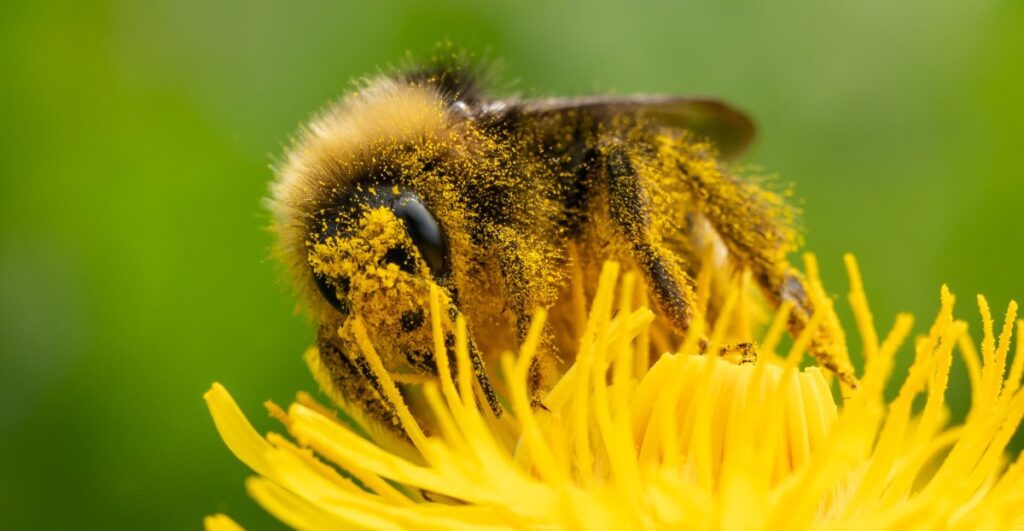As spring air brings relief from winter in the U.S., many seasonal allergy sufferers are facing increasing challenges due to rising pollen counts. Atlanta has recently recorded a staggering pollen count of 14,801 grains per cubic metre, the highest ever recorded, while Houston marked its highest levels since 2013. The Asthma and Allergy Foundation of America (AAFA) warns that 2025 could be an even worse year for allergies, affecting one in three adults and one in four children.
The worsening allergy situation is closely tied to climate change, which has caused seasonal pollen patterns to shift, with tree pollen appearing up to 20 days earlier than it did 30 years ago. Increased carbon dioxide levels lead plants to produce more pollen, while climate change creates warmer, longer growing seasons. This trend results in prolonged exposure to allergens, leading to a significant economic burden due to lost productivity and healthcare costs associated with allergic conditions.
In addition to pollen, air pollution further complicates allergies, exacerbating respiratory problems and causing more severe reactions. Urbanization and climate-driven factors such as increased humidity and extreme weather also contribute to rising levels of other allergens, such as mold. Despite the possibility of a plateau in the number of allergy sufferers, the combination of pollen and other environmental factors remains a significant public health concern.
To manage seasonal allergies, individuals are advised to consult allergists for personalized treatment plans, including medications and preventive measures. Simple strategies such as tracking pollen counts and using HEPA filters can also help mitigate allergy symptoms. Long-term solutions require addressing climate change and reducing pollutant emissions to improve public health outcomes related to allergies.
Source link


